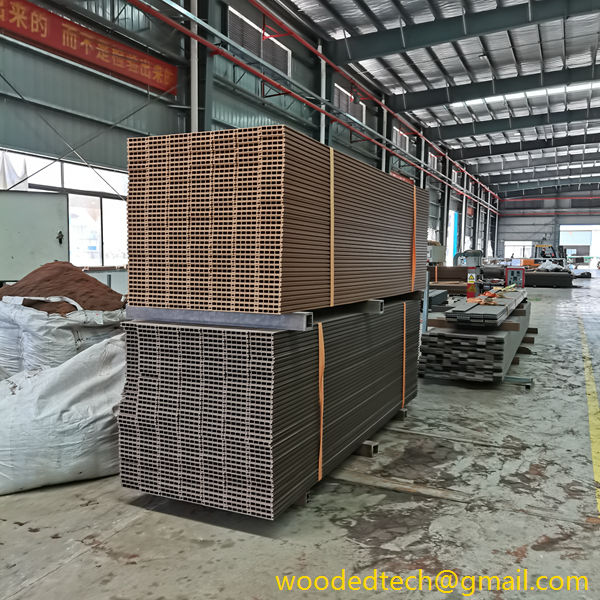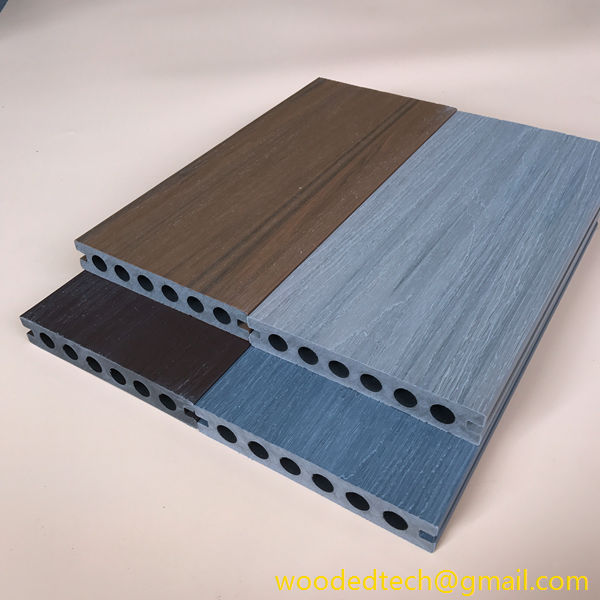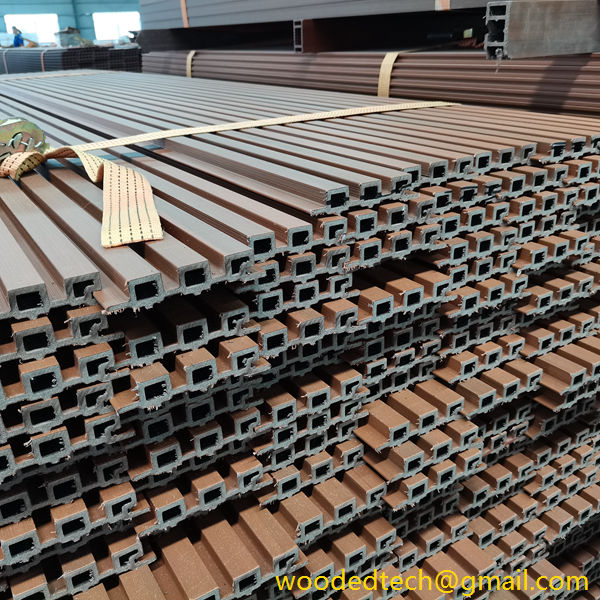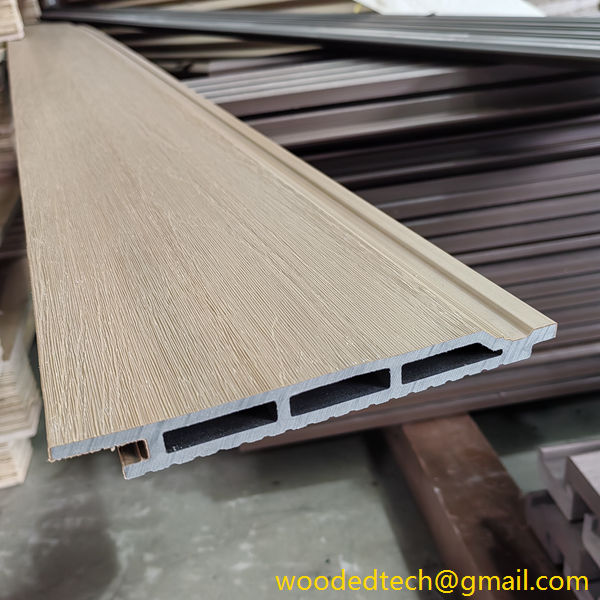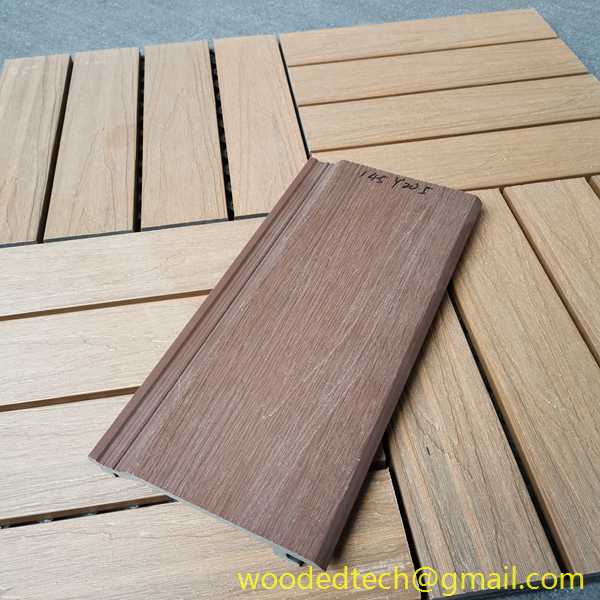WPC Panel for Wall Applications
Wood Plastic Composites, commonly known as WPC, have gained significant popularity in recent years for various applications, particularly as wall panels. The unique combination of wood fibers and plastic polymers provides a compelling alternative to traditional materials, making WPC panels an attractive option for both residential and commercial settings. This article explores the material properties of WPC panels for wall applications, focusing on their durability, aesthetic appeal, ease of maintenance, and environmental considerations.
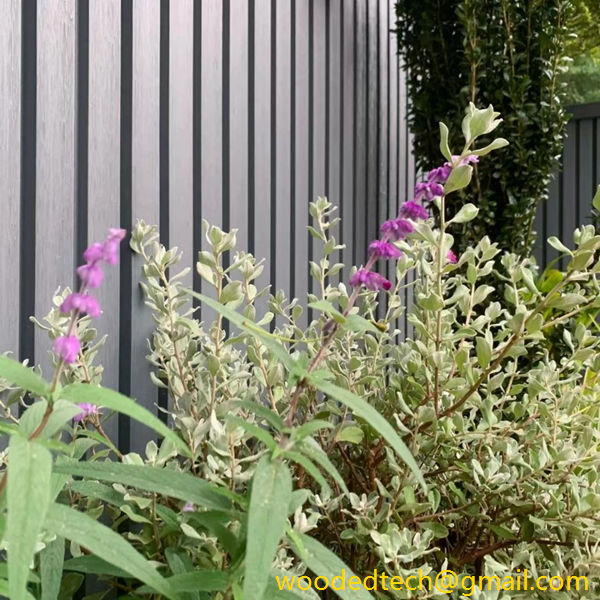 One of the most notable features of WPC panels is their exceptional durability. The composite structure of wood fibers mixed with plastic materials offers superior resistance to moisture, which is a common concern in wall applications. Unlike traditional wood, which can warp, crack, or rot when exposed to humidity, WPC panels maintain their structural integrity over time. This makes them particularly suitable for areas prone to moisture, such as bathrooms and kitchens, as well as exterior applications where weather resistance is paramount.
One of the most notable features of WPC panels is their exceptional durability. The composite structure of wood fibers mixed with plastic materials offers superior resistance to moisture, which is a common concern in wall applications. Unlike traditional wood, which can warp, crack, or rot when exposed to humidity, WPC panels maintain their structural integrity over time. This makes them particularly suitable for areas prone to moisture, such as bathrooms and kitchens, as well as exterior applications where weather resistance is paramount.
In addition to moisture resistance, WPC panels are also highly resistant to pests. Wood is often susceptible to damage from termites and other wood-boring insects. However, the plastic content in WPC panels acts as a deterrent, making them less appealing to pests. This characteristic not only extends the lifespan of the panels but also reduces the need for chemical treatments that can be harmful to the environment.
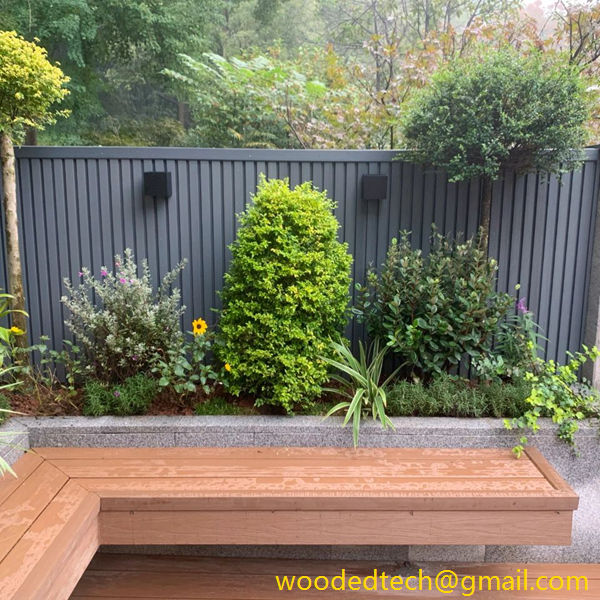
Aesthetically, WPC panels offer versatility that appeals to a wide range of design preferences. They can be manufactured in a variety of colors, textures, and finishes, allowing architects and designers to create unique wall designs that align with their vision. The surface of WPC panels can mimic the appearance of natural wood, providing warmth and character without the associated maintenance challenges. This aesthetic advantage makes WPC panels ideal for both contemporary and traditional environments, enhancing the overall appeal of a space.
Another significant benefit of WPC panels is their ease of maintenance. Traditional wood walls often require regular painting, staining, or sealing to preserve their appearance and protect against the elements. In contrast, WPC panels require minimal upkeep. A simple cleaning with soap and water is usually sufficient to remove dirt and grime, making them a practical choice for busy households and commercial properties. This low-maintenance aspect not only saves time and effort but also reduces long-term costs associated with upkeep.
From an environmental perspective, WPC panels present a more sustainable option compared to conventional building materials. The use of recycled wood fibers and plastic in the manufacturing process reduces waste and minimizes the demand for virgin materials. Furthermore, WPC production typically involves less energy consumption compared to traditional wood processing, contributing to a lower carbon footprint. For environmentally conscious consumers and businesses, choosing WPC panels aligns with a commitment to sustainability and responsible building practices.
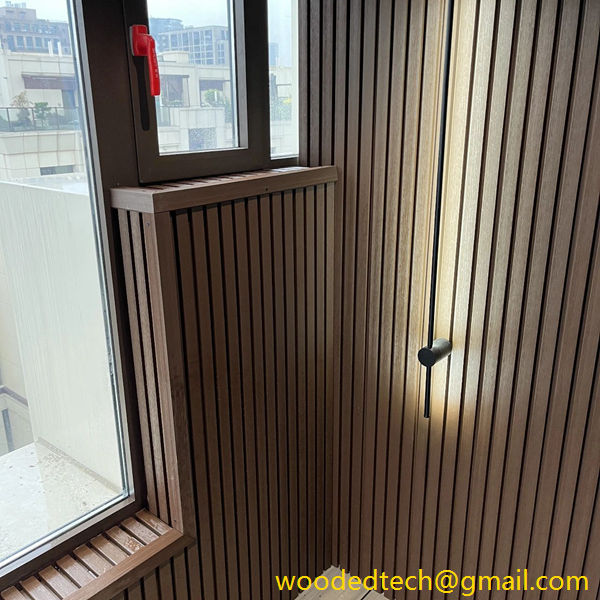
In terms of thermal insulation, WPC panels offer a notable advantage. The composite structure provides better insulation properties compared to traditional wood or even some types of plastic. This can lead to improved energy efficiency in buildings, as WPC panels can help regulate indoor temperatures, reducing the need for heating and cooling systems. Consequently, this can lead to lower energy bills and a more comfortable living or working environment.
WPC panels also exhibit excellent fire resistance. While they are not entirely fireproof, many WPC products are treated with fire-retardant additives that enhance their performance in the event of a fire. This characteristic is crucial for wall applications, particularly in commercial settings where fire codes may be stringent. The ability to meet or exceed safety standards adds an extra layer of security for property owners and occupants.
Lastly, the installation of WPC panels is generally straightforward, which can significantly reduce labor costs and time on construction projects. Many WPC products come with interlocking mechanisms or other features that facilitate quick and easy installation, making them a preferred choice for contractors and builders. This ease of installation, combined with their durability and low maintenance, positions WPC panels as a practical solution for modern wall applications.
In conclusion, Wood Plastic Composites present a range of advantageous material properties that make them an ideal choice for wall applications. Their durability, aesthetic flexibility, low maintenance requirements, environmental benefits, thermal insulation properties, fire resistance, and ease of installation make WPC panels a compelling alternative to traditional materials. As the demand for sustainable and efficient building solutions continues to rise, WPC panels are likely to play an increasingly significant role in the construction industry, providing both beauty and functionality in wall design.

